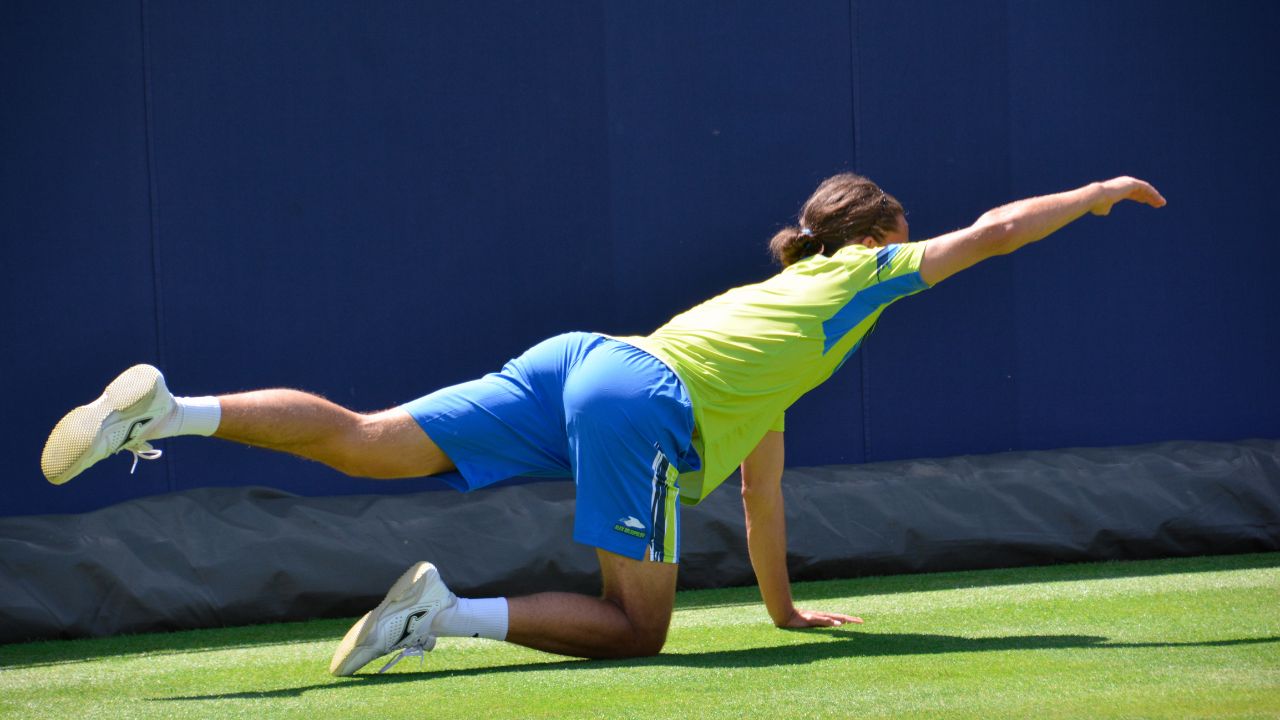
Are you ready to unlock your full potential and achieve your fitness goals?
Look no further than these top 10 effective warm-up and stretching exercises specifically designed for the elderly.
Stretching your neck, shoulders, arms, back, hips, legs, and core will increase your flexibility, mobility, and stability.
With a balanced routine that focuses on balance and coordination, you'll feel energized and confident as you work towards a healthier, more active lifestyle.
It's time to embrace the freedom of movement and take control of your fitness journey.
Neck Stretching Exercises
Start your neck stretching routine with these effective exercises.
Neck pain relief and neck strengthening exercises are crucial for maintaining a healthy and pain-free neck.
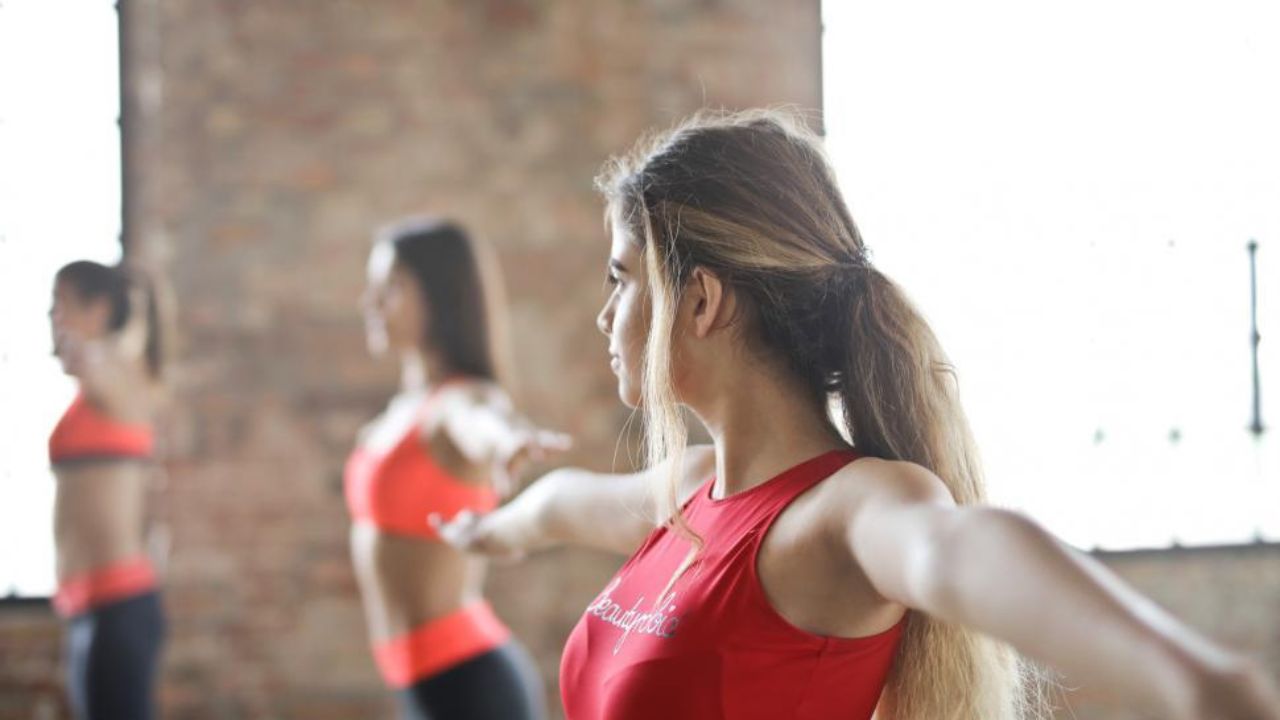
One exercise you can try is the neck tilt. Sit or stand with your spine straight, then gently tilt your head to one side, bringing your ear towards your shoulder. Hold this stretch for about 15-30 seconds on each side.
Another exercise is the neck rotation. Slowly turn your head to one side, looking over your shoulder. Hold the stretch for 15-30 seconds and repeat on the other side.
Finally, the neck extension exercise can help alleviate neck pain. Tilt your head back, looking up towards the ceiling, and hold for 15-30 seconds.
Incorporating these exercises into your routine can provide neck pain relief and strengthen the muscles in your neck, promoting freedom of movement and overall well-being.
Shoulder Warm-up Routines
Before moving on to the main workout, make sure to properly warm up your shoulders with these effective routines.
Shoulder mobility is crucial for maintaining a healthy range of motion and preventing injuries.
Start by performing arm circles, where you extend your arms out to the sides and make small circles forward and backward. This exercise helps to improve blood flow and loosen up the shoulder joints.
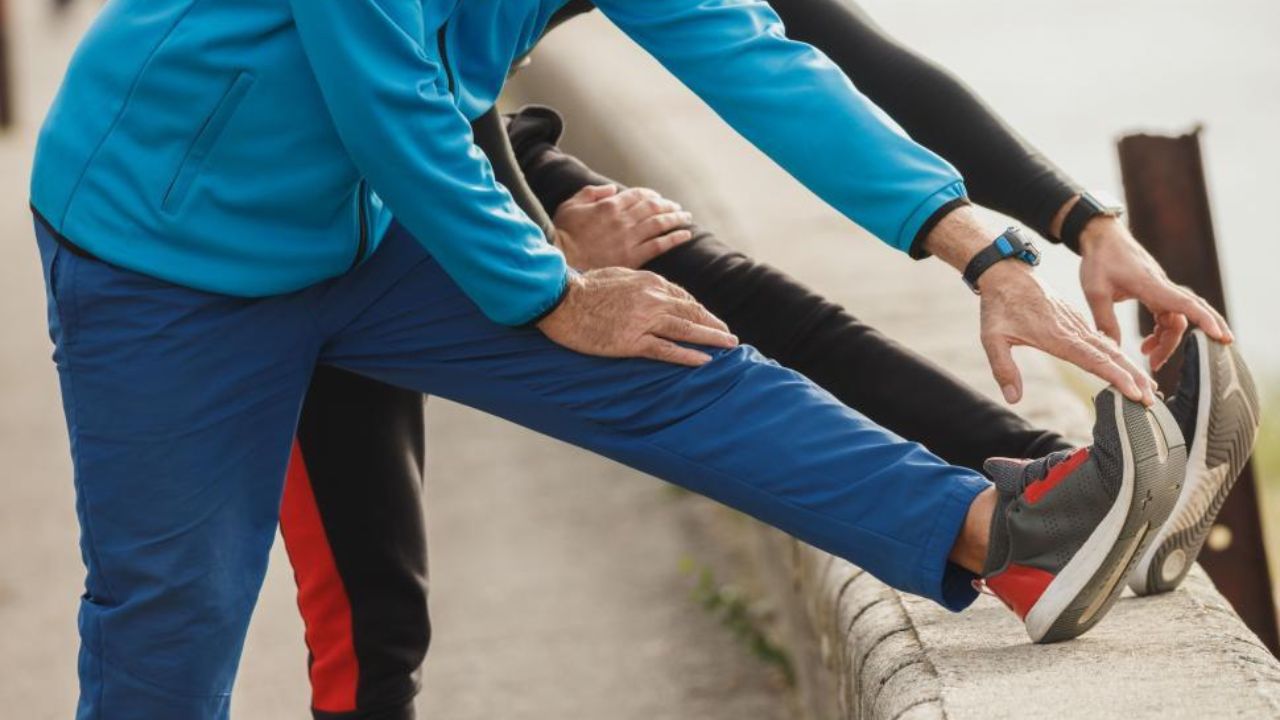
Next, incorporate rotator cuff exercises into your warm-up routine. These exercises target the muscles and tendons that support the shoulder joint and can help prevent rotator cuff injuries. Some examples include internal and external rotations using resistance bands or weights.
Arm and Wrist Flexibility Exercises
To improve your arm and wrist flexibility, try incorporating these effective exercises into your warm-up routine.
Strengthening your arms won't only enhance your overall fitness level but also help you perform daily activities with ease. One arm strength exercise you can try is the bicep curl. Hold a dumbbell in each hand, palms facing forward, and slowly lift the weights towards your shoulders, then lower them back down. This exercise targets your biceps and can be done seated or standing.
Another exercise to improve arm and wrist flexibility is wrist circles. Extend your arm in front of you and rotate your wrist in a circular motion, first clockwise and then counterclockwise. This will help increase the range of motion in your wrists.
Additionally, hand dexterity exercises such as finger taps and hand squeezes can improve your grip strength and coordination.
Incorporating these exercises into your warm-up routine will contribute to your overall arm and wrist flexibility.
Back and Spine Stretches
Improve your back and spine flexibility by incorporating these effective stretches into your warm-up routine. Taking care of your spine health is crucial for overall well-being and can help provide back pain relief.
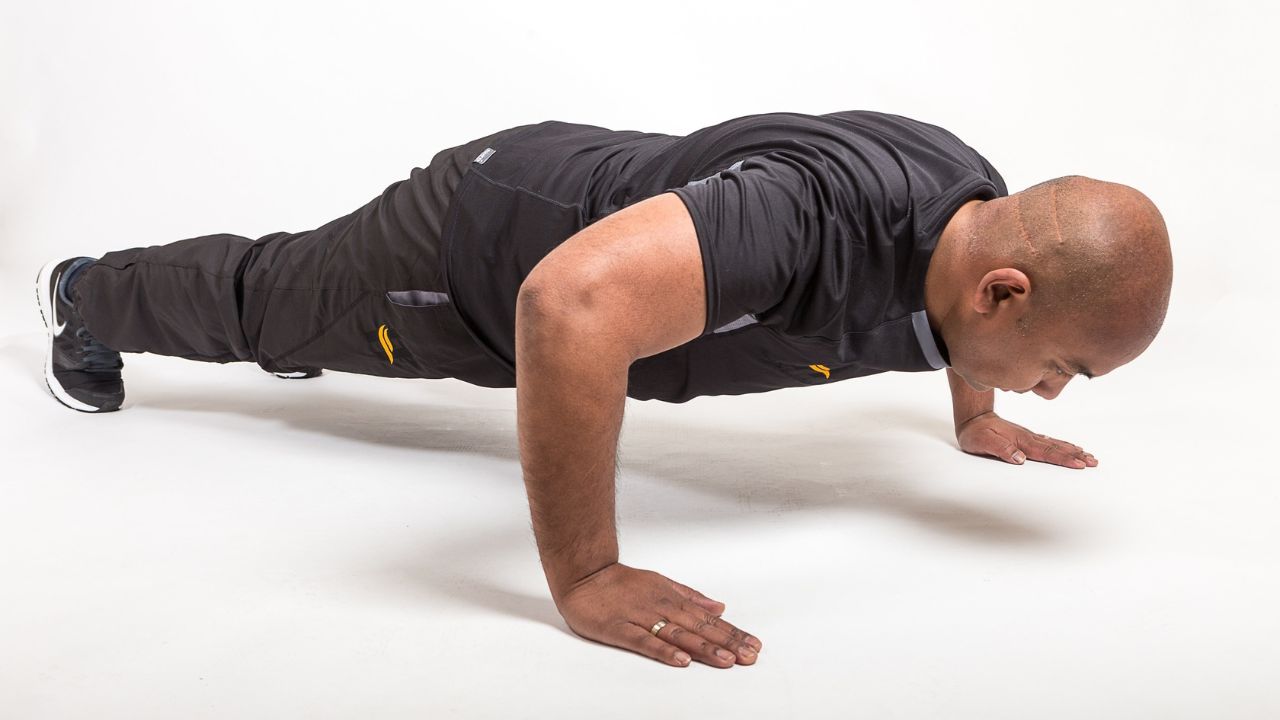
Start with the cat-camel stretch, which involves getting on your hands and knees and arching your back upwards like a cat, then lowering it and arching it downwards like a camel.
Another great stretch is the seated twist, where you sit on a chair with your feet flat on the floor and twist your upper body to one side, holding the position for a few seconds before switching to the other side.
Additionally, the child's pose and the cobra stretch can also help improve back and spine flexibility, promoting spine health and relieving back pain.
Remember to listen to your body and stretch gently without causing any pain.
Hip Mobility and Strengthening Drills
To improve hip mobility and strengthen the hip muscles, there are several exercises that can be beneficial for the elderly. These exercises can help increase flexibility, stability, and range of motion in the hips, which can improve overall mobility and reduce the risk of falls and injuries.
It's important to perform these exercises with proper form and technique to maximize their effectiveness and avoid any potential strain or injury.
Benefits of Hip Exercises
Get ready to feel the benefits of hip exercises with these mobility and strengthening drills.
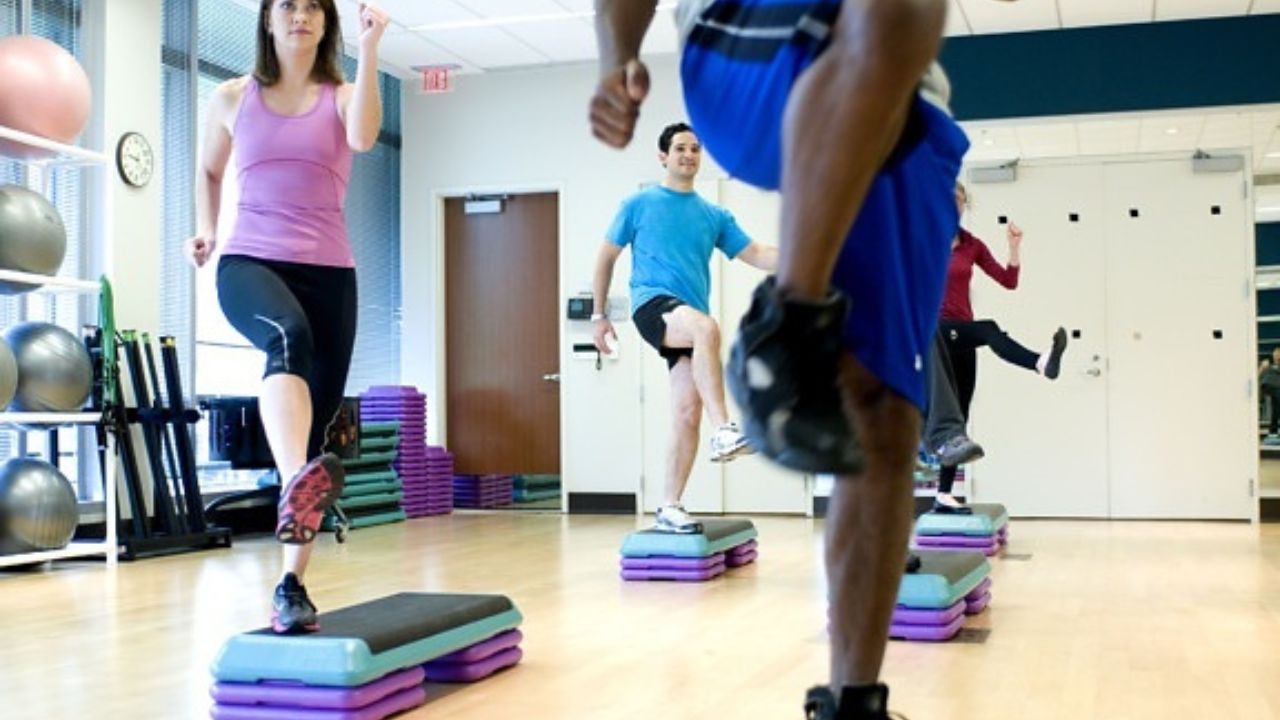
Hip exercises are essential for maintaining optimal hip mobility and strength, especially as we age. By incorporating hip exercises into your fitness routine, you can improve your range of motion, decrease pain and stiffness, and enhance your overall freedom of movement.
Hip mobility exercises, such as hip circles and leg swings, help to increase the flexibility and range of motion in your hips. These exercises can improve your ability to perform daily activities, such as walking, bending, and sitting.
On the other hand, hip strengthening exercises, like hip bridges and squats, target the muscles surrounding the hip joint, such as the glutes and hip flexors. Strengthening these muscles can improve stability, balance, and reduce the risk of falls.
You'll definitely want to pay attention to these proper form techniques for hip mobility and strengthening drills, as they can greatly improve the effectiveness of your exercises.
When it comes to hip mobility exercises, it's important to maintain proper alignment and avoid excessive strain on the joints. Make sure to engage your core and maintain a neutral spine position throughout the movements.
For strengthening drills, focus on proper technique and range of motion to prevent injury. Start with lighter weights and gradually increase the resistance as your strength improves. Remember to warm up before any exercise to prepare your muscles and joints for the workout.
Knee Warm-up Techniques
To keep your knees strong and healthy, incorporating knee strengthening exercises into your warm-up routine is crucial.
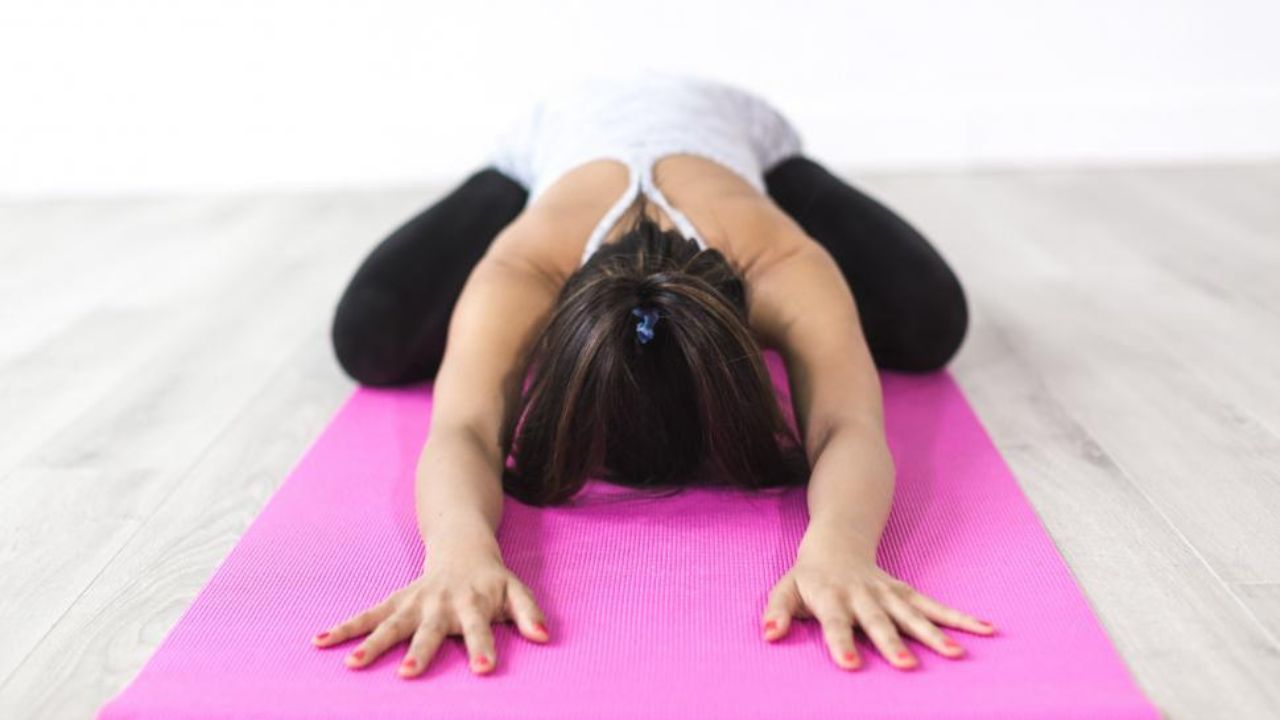
These exercises help improve the stability and flexibility of your knee joints, reducing the risk of injuries and pain.
Knee Strengthening Exercises
Try incorporating these knee strengthening exercises into your warm-up routine for improved flexibility and stability.
Strengthening the muscles around your knees can help relieve knee pain and prevent future injuries.
One effective exercise is the straight leg raise. Lie on your back with one leg straight and the other bent. Slowly lift your straight leg up, hold for a few seconds, and then lower it back down.
Another great exercise is the wall squat. Stand with your back against a wall and slowly lower yourself into a squat position, keeping your knees aligned with your toes. Hold the position for a few seconds, then stand back up.
These exercises, along with other strengthening routines, can help strengthen your knees and provide relief from knee pain.
Importance of Knee Care
Take a moment to understand the importance of knee care and incorporate effective knee warm-up techniques into your fitness routine.
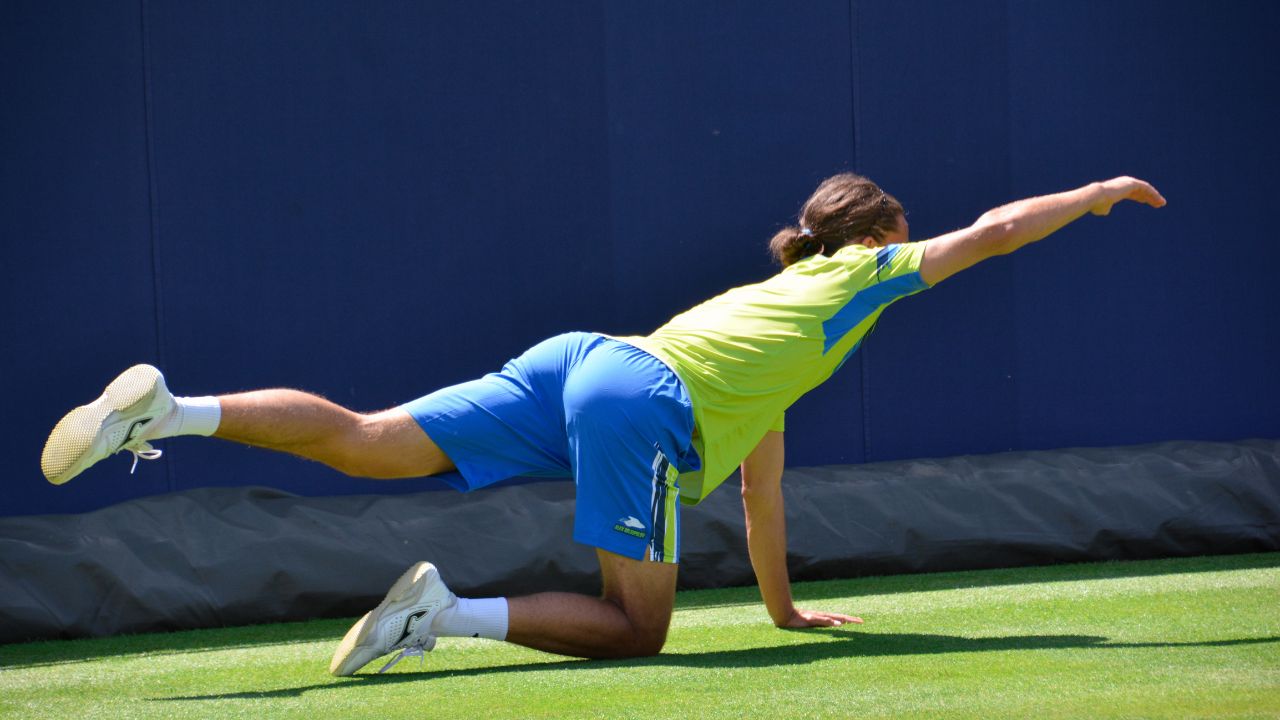
Proper knee care is essential for both knee injury prevention and knee pain management. As we age, our knees become more susceptible to injuries and discomfort. By incorporating knee warm-up techniques into your fitness routine, you can help reduce the risk of knee injuries and manage any existing knee pain.
Warm-up exercises such as leg swings, knee circles, and heel-to-buttock stretches can help increase blood flow to the knees, improve flexibility, and loosen up the surrounding muscles and joints. These techniques can help prepare your knees for the physical demands of exercise, allowing you to enjoy a pain-free workout and maintain your freedom of movement.
Leg and Ankle Range of Motion Exercises
Start by performing three sets of ten repetitions for each leg and ankle range of motion exercise. These exercises are crucial for maintaining flexibility, improving balance, and preventing ankle injuries.
Here are three leg and ankle range of motion exercises to incorporate into your fitness routine:
Ankle Circles: Sit on a chair with your feet flat on the ground. Lift one foot off the floor and rotate your ankle in a circular motion, first clockwise and then counterclockwise. Repeat with the other foot.
Heel-to-Toe Walk: Stand with your feet together and take a step forward, placing your heel directly in front of your toes. Repeat this walking pattern, ensuring that your heel touches the ground before your toes with each step.
Calf Raises: Stand with your feet hip-width apart, and slowly rise up onto the balls of your feet. Lower back down to the starting position. To increase the challenge, hold onto a stable surface with one hand for support.
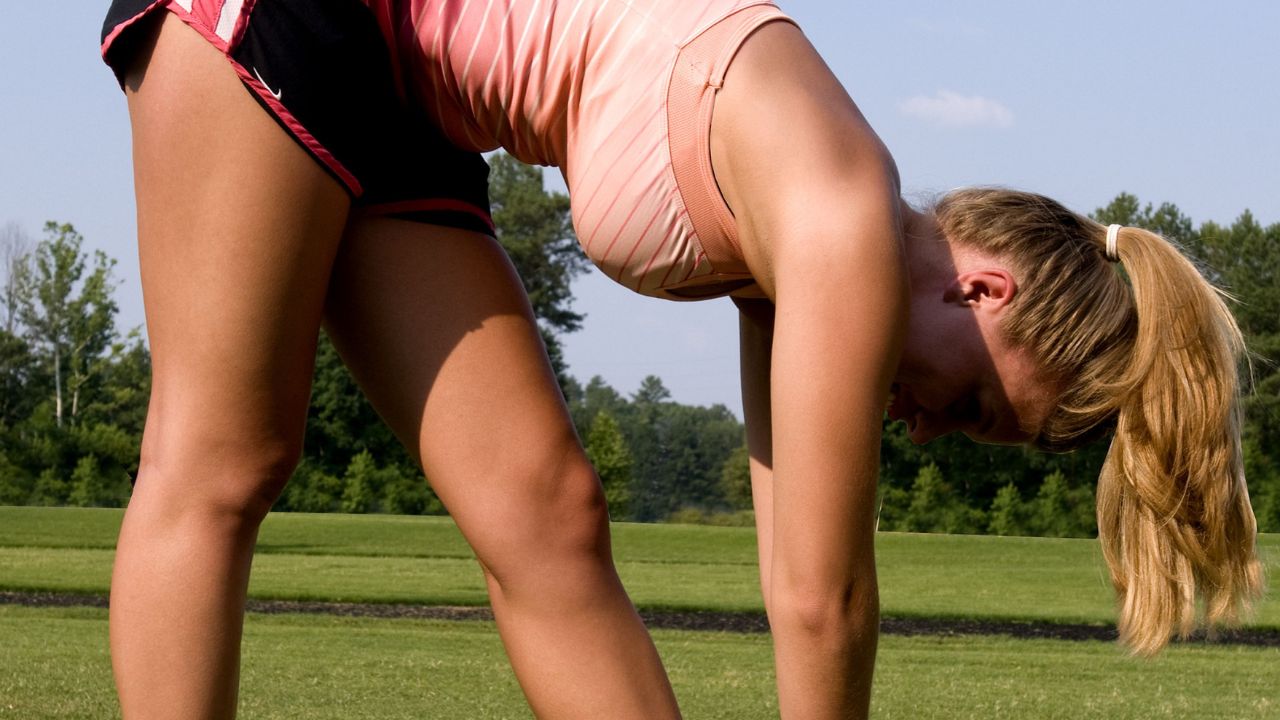
Incorporating these leg and ankle range of motion exercises into your fitness routine will help improve your overall mobility and reduce the risk of falls or injuries. Remember to listen to your body and only perform exercises that you feel comfortable with.
Core Activation and Stability Workouts
To strengthen your core and improve stability, incorporate exercises like the plank into your fitness routine.
The plank is a simple yet effective exercise that targets your abdominal muscles, back, and shoulders. By engaging these muscles, you can improve your posture, balance, and overall functional fitness.
Plank for Core Strength
If you want to strengthen your core and improve stability, try incorporating plank exercises into your fitness routine. Planks are a great way to engage your core muscles and develop a strong and stable core. They require no equipment and can be done anywhere, making them a convenient exercise option for anyone looking to improve their core strength.
Here are three plank variations you can try:
Standard Plank: Start by getting into a push-up position, with your hands directly under your shoulders and your body in a straight line from head to toe. Hold this position for as long as you can, focusing on keeping your core engaged and your hips stable.
Side Plank: Lie on your side, propping yourself up on one forearm, with your elbow directly under your shoulder. Lift your hips off the ground, creating a straight line from your head to your heels. Hold this position on each side, focusing on engaging your oblique muscles.
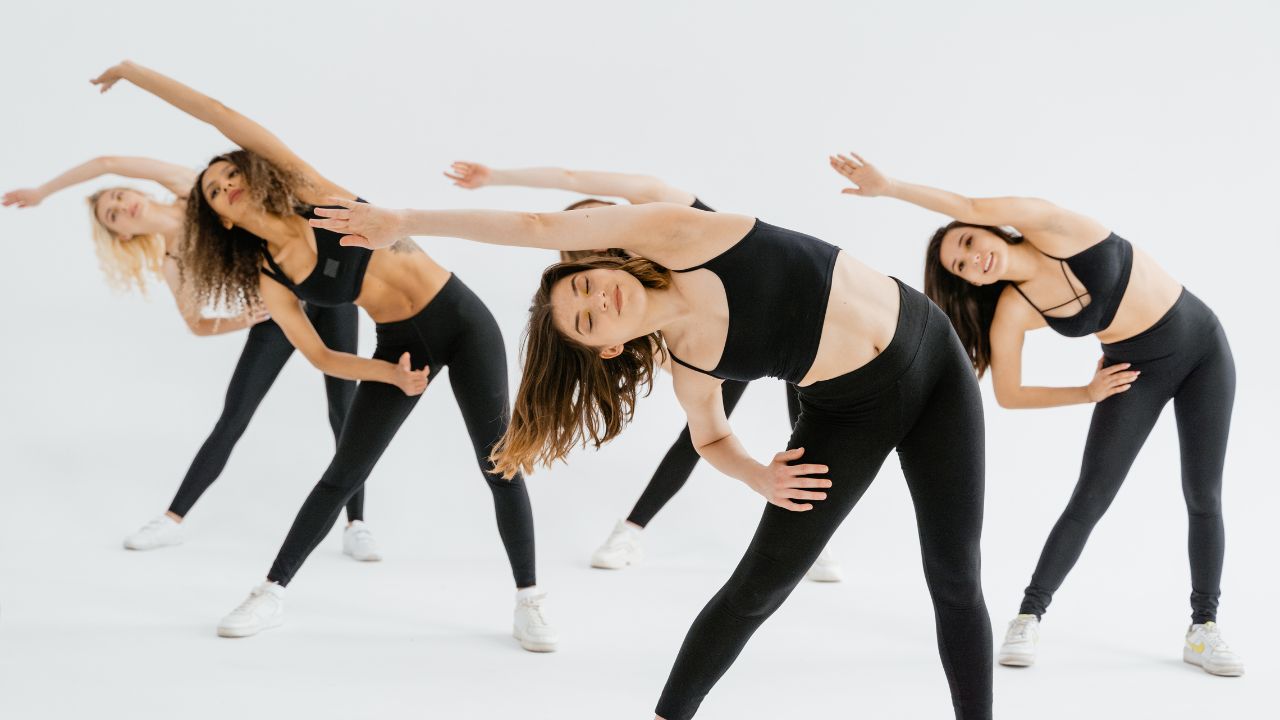
Plank with Leg Lift: Get into a standard plank position, and then lift one leg off the ground, keeping it straight and parallel to the floor. Hold this position for a few seconds, and then switch legs. This variation adds an extra challenge to your core stability.
Incorporate these plank exercises into your workout routine to strengthen your core and improve your overall stability.
Benefits of Stability Training
Improve your balance and posture through stability training, a form of exercise that focuses on activating your core muscles and enhancing overall stability. Stability training offers numerous benefits, making it an essential component of any fitness routine.
One of the primary advantages is that it helps to improve your balance, reducing the risk of falls and injuries, especially in older adults. By engaging your core muscles, stability training also promotes better posture, preventing back pain and improving overall body alignment.
Additionally, stability training can enhance your athletic performance by increasing your body's ability to stabilize during dynamic movements. To progress in stability training, you can gradually increase the difficulty of exercises or incorporate stability training equipment such as balance boards, stability balls, or resistance bands. These tools can challenge your stability further and help you achieve greater strength and balance.
Balance and Coordination Training
While working on your balance and coordination, try incorporating these exercises into your fitness routine. These balance techniques and coordination exercises can help improve your stability and enhance your overall physical performance.
Single-leg stance: Stand on one leg while maintaining your balance for 30 seconds. Repeat on the other leg. This exercise strengthens your leg muscles and improves stability.
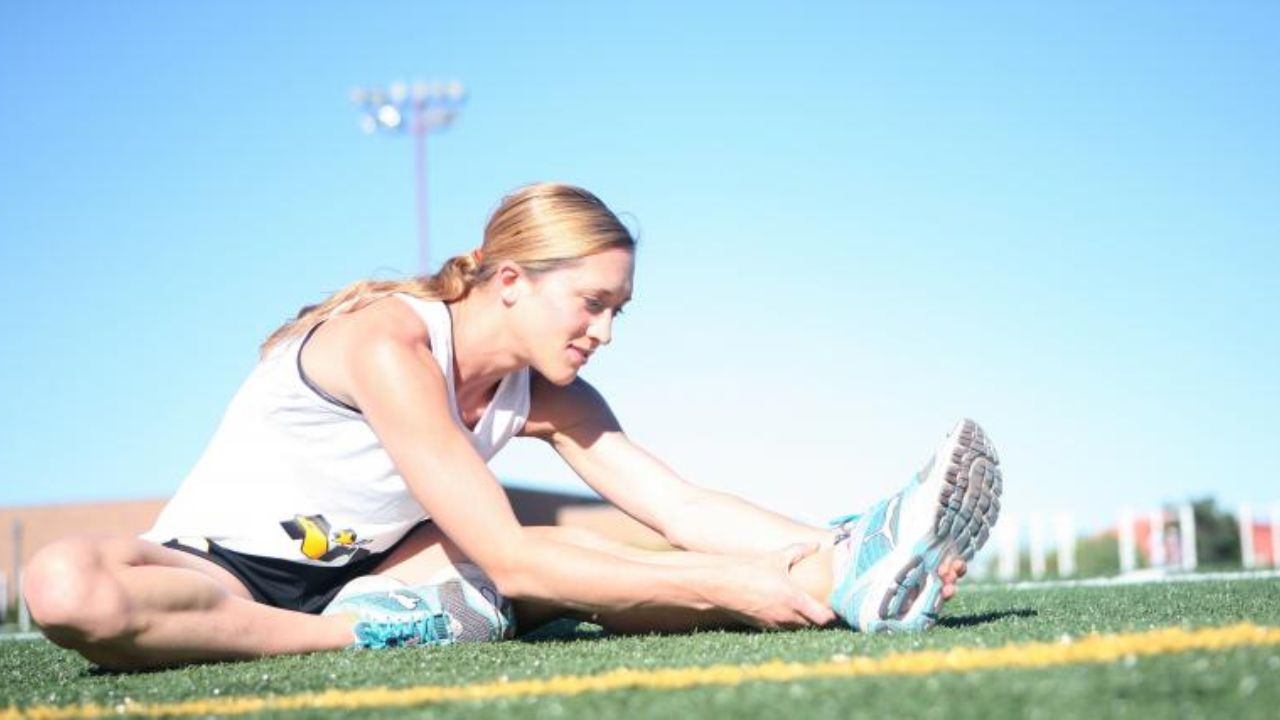
Heel-to-toe walk: Walk in a straight line by placing the heel of one foot directly in front of the toes of the other foot. This exercise challenges your balance and coordination.
Tai Chi: Practicing Tai Chi involves slow, controlled movements that focus on shifting your body weight and maintaining balance. It can improve your flexibility, strength, and balance.
Full Body Stretching Routine
To get the most out of your warm-up and stretching routine, start with a proper full body stretching routine. This will help prepare your muscles and joints for exercise, improve your flexibility, and reduce the risk of injury.
Begin by performing hip mobility exercises, such as hip circles or leg swings, to increase the range of motion in your hips. These exercises can help improve your balance and stability.
Additionally, incorporate ankle flexibility drills, like ankle rotations or calf stretches, to enhance the flexibility and mobility of your ankles. This can be beneficial for activities that require ankle movement, such as walking or climbing stairs.
Frequently Asked Questions
What Are Some Tips for Maintaining Proper Form During Neck Stretching Exercises?
To maintain proper form during neck stretching exercises, remember to keep your spine aligned, shoulders relaxed, and perform the movements slowly and controlled. This will help prevent injury and maximize the benefits of the exercise.
To achieve optimal results, perform shoulder warm-up routines at least three times a week. This frequency has been shown to improve flexibility, reduce the risk of injury, and enhance overall shoulder strength and stability.
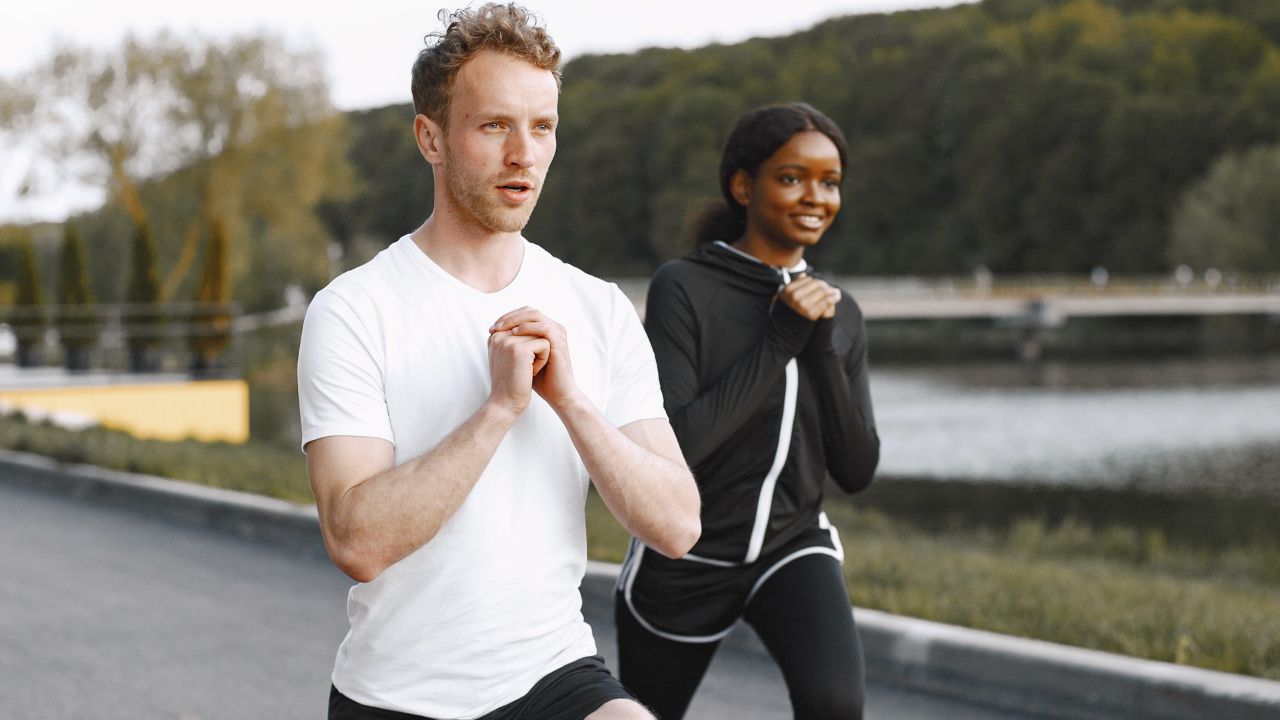
Are There Any Modifications or Alternatives for Arm and Wrist Flexibility Exercises for Individuals With Arthritis?
For individuals with arthritis, there are modified exercises and alternative movements that can be done to improve arm and wrist flexibility. These modifications can help reduce pain and discomfort while still achieving fitness goals.
Can Back and Spine Stretches Help Alleviate Lower Back Pain in Elderly Individuals?
Back and spine stretches can alleviate lower back pain in elderly individuals. Stretching exercises like the cat-camel stretch or child's pose can help increase flexibility and relieve tension in the lower back.
When warming up your knees, it's important to consider any joint problems you may have. By incorporating joint-friendly techniques and taking necessary precautions, you can safely prepare your knees for exercise.
 Mobility trainingHome Fitness RecoverySports Injury PreventionPersonal Physical TherapyOrthopedic SolutionsPrivacy PolicyTerms And Conditions
Mobility trainingHome Fitness RecoverySports Injury PreventionPersonal Physical TherapyOrthopedic SolutionsPrivacy PolicyTerms And Conditions
